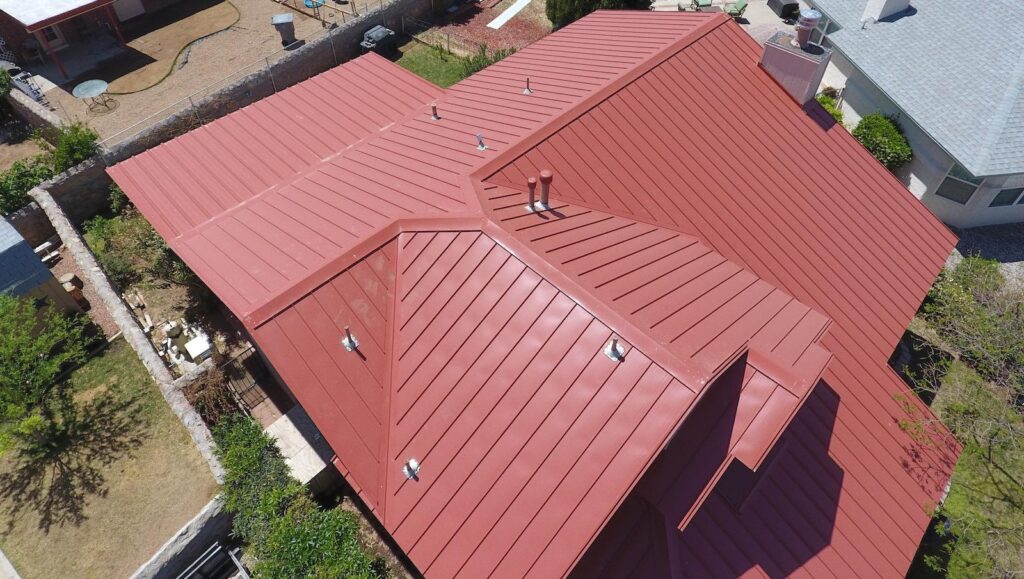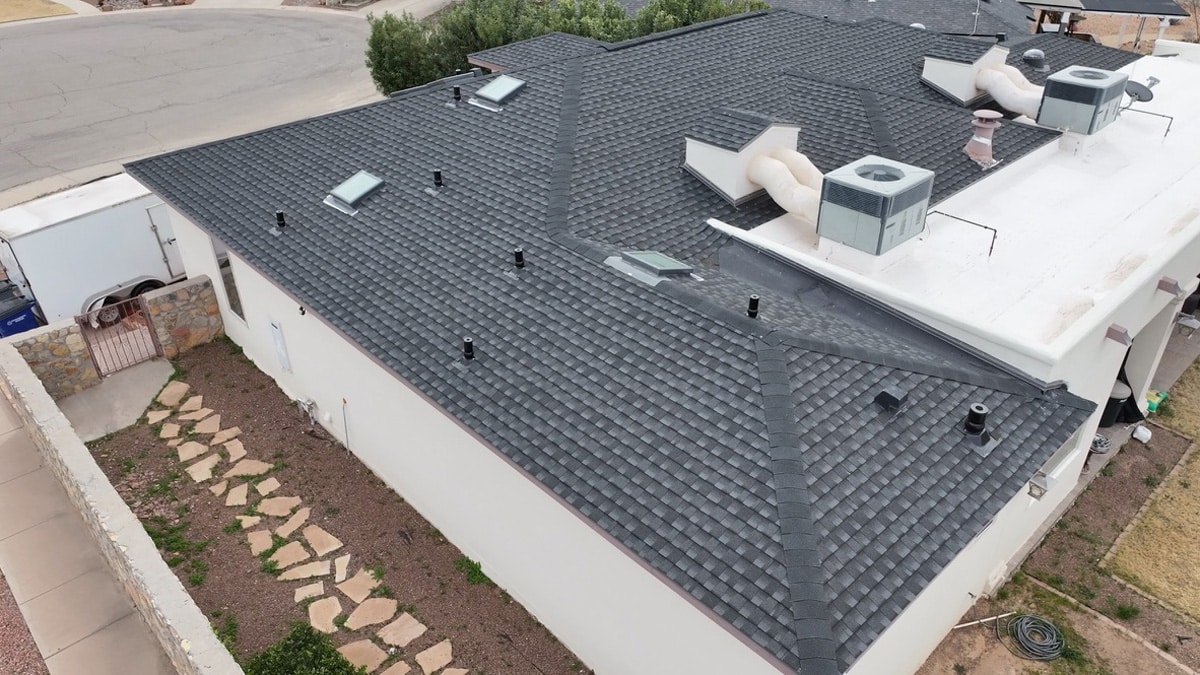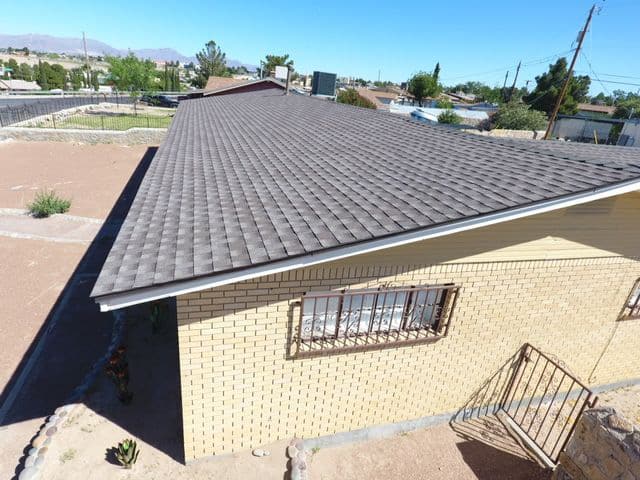Metal roofing is becoming increasingly popular for both commercial and residential buildings. Notwithstanding this, many people are reluctant to use metal on their roofs because of the stories they have heard. The reality is when metal roofing is put under the microscope, it is, in fact, one of the best options out there.
Uses for Metal Roofing
Metal roofing is easily adapted and can be used in a wide range of different settings.
Residential Properties
Metal roofing is not traditionally associated with residential properties, but as homeowners have begun to realize the advantages, it offers its popularity consistently trended upward. Its durability and longevity are particularly appealing to the residential market.
Commercial Properties
Metal roofing has been a common choice for commercial buildings for some time. This is largely due to its superior weather resistance when compared to other roofing options.
Metal roofing is a popular choice in areas that are subject to tropical storms and hurricanes.
Types of Metal Roofing
Several different materials are used for metal roofing. The choice of metal is largely dependent on the environment, the look the owner is trying to achieve, and the budget.
Steel
This is the most common type of metal roofing. Although it has been used on commercial buildings for some time, it is only in recent years that its popularity has grown in the residential roofing market.
It comes in a range of different finishes, is long-lasting and durable. Steel performs well in a range of different weather conditions, including high winds, and is more affordable than the other metals, with the only issue being it can rust over time.
Aluminum
This is a lightweight building material, so it puts less weight on a structure compared to other roofing materials. It comes in a range of colors and does not corrode. This is why it is often used in coastal areas. Aluminum can also be configured into a number of different profiles because it is easily malleable.
The main disadvantage is aluminum can be prone to denting. Hence, it is not ideal for areas that see a lot of hail, although using a heavier thickness will usually overcome this.
Cooper
Copper roofing has a striking appearance, making each roof unique. Over time, it will change from looking like a shiny penny to a blue-green or brown patina due to oxidation. The degree of patina is dependent on the environment and climate.
While copper is one of the most expensive roofing options, it is also one of the most long-lasting. Copper is lightweight, easy to install, and resistant to corrosion.
Zinc
Like copper, zinc is unique and striking due to the blue-grey patina that develops over time. As the patina develops, the roof becomes corrosion resistant. It is popular throughout Europe, but it has begun to gain a following in the US in recent years.
Zinc is expensive but is known as a lifetime roof, lasting between 80 and 100 years.
Tin
While tin has been popular in the past, it is no longer used for roofing. When people refer to tin roofing today, they are typically referring to steel roofing.
Advantages of Metal Roofing
Metal roofing offers home and commercial building owners several advantages, including:
- Longevity: Metal roofing is engineered to last and will typically be effective between 60 and 100 years without showing any signs of corrosion or degradation.
- Durability: When metal roofing is properly installed, it can withstand winds, rain, hail, snow, debris, mold, and debris.
- Low maintenance: Provided the roof has been properly installed, maintenance is generally limited to removing branches and leaves that could get stuck in gutters twice a year and after storms.
- Eco-friendly: Metal roofing is recyclable; products like aluminum are made from recycled materials, while the earth replenishes other products like zinc and copper over time.
Myths Around Metal Roofing
Size Matters
This is one reason why metal roofing has been slow to gain traction in the residential market. There is a perception that metal roofing is not appropriate for smaller structures. This is a myth. Metal roofing can be applied to any structure, irrespective of size.
High-Cost
In terms of the upfront cost, metal roofing is likely to be more expensive than other roofing materials, but this is not entirely true when performance over time is taken into account. Metal roofing is known as a lifetime purchase for a reason; typically, if you choose a metal roof, you will not need to replace it in your lifetime.
Compared to other roofing products that have to be replaced more frequently, metal roofing is a less expensive option. It is important to take this into account when choosing a roofing material. The cheapest product upfront may well cost more over time.
Asphalt tiles, for example, generally have to be replaced every 20 years. Over 60 years, asphalt tiles will have to be replaced three times, while a metal roof will still, in all likelihood, be going strong.
Metal Roofs are Too Heavy
There is a perception that metal roofs are too heavy and will impact the structural integrity of the building they are installed on. The reality is that most metal roofs are 50% lighter than a standard asphalt roof.
Metal roofing is one of the lightest roofing materials on the market today; in fact, metal roofs are frequently installed over the top of traditional roofing materials when they need to be replaced to maintain the structural integrity of the building.
For anyone concerned about the structural integrity of their house or owning an older house, metal may be the best roofing option because of its lightweight qualities.
Loud When It Rains
This myth is usually based on experiences in an old-style barn when it is raining, which admittedly can be deafening. A metal roof on the house is a very different proposition. When metal roofing is installed, it is paired with a roofing deck that not only insulates the sound but adds structure to the roof. Metal roofs are just as quiet, perhaps even more so than other roofing materials.
Metal Roofs in Warm Climates
Metal roofing is an increasingly popular choice in warmer climates as many of its qualities mean it provides a level of protection that more traditional roofing materials cannot match, including:
- Durability: The sun beating down on a roof all day causes most roofing materials to break down quickly. Metal is largely impervious to the sun and its heat.
- Fire Resistance: While many roofing materials dry out and become less resistant to fire over time, the same is not true for metal. A metal roof provides the ultimate protection against sparks and will provide protection year after year.
- Energy Efficiency: Contrary to popular belief, metal roofing will not make a house hot inside. Metal roofing will keep a house cooler and reduce the cost of air conditioning:
- Colored metal roofs (especially dark colors) have special pigments in the paint designed to reflect heat.
- Metal roofs lose any heat they gain quickly when the wind blows or the sun goes behind a cloud.
- Most metal roofs have an integral space between the roof and the roof deck, which acts as a thermal break and stops heat from transferring into the house.
Metal roofing comes in a range of different colors and options. It is suited for most climates but has proven to be especially effective in warm climates and areas that get a lot of wind. Although the upfront costs may be higher than some other roofing options, its durability and longevity make metal roofing one of the most cost-effective options on the market today.
If you’d like to learn more about metal roofing, simply give Smith and Ramirez Roofing a call, today!


